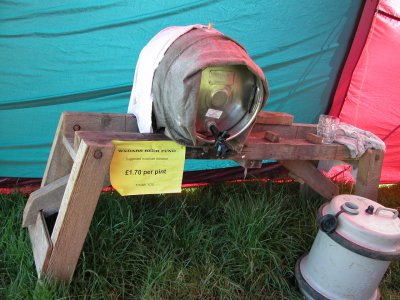I'm a homebrewer and need the CO2 to carb my brew and push it out of the kegs.
Luckily I have a backup, but I'm making sure there are no leaks.

Why? Do you kill the beer entirely and the carbonate it with pressure CO2 over it afterwards?
A firkin (72 pints), fitted with spiles from any one of the local breweries here is delivered cold, and still live.
It is provided with two wooden spiles. One is porous, and will let in enough air to keep the pressure right for the tap. The other is hardwood, which you put in when you leave it overnight. It needs the wet canvas cooler as well.
Stand the barrel for 12 hours on the slightly tilted cradle (supplied), then tap in the spile, and wait a minute.
Then hit the main tap in.
The CO2 bubbles are the small type with fine head, and will keep delivering clear (real) beer with a fine white head for about 4 days (if it lasts that long). I never had to pump in CO2 into a good brew yet. The post-brew CO2 by pressurization yields larger, oily-looking bubbles and a head that dies quickly. And yes - my pals would have words with me if I resorted to "head foam" additives.
Oh Man - see what you have done? You got me gone all sentimentally recalling the times I would bring the beer to the summer camp. That's not gonna happen again anytime soon!







